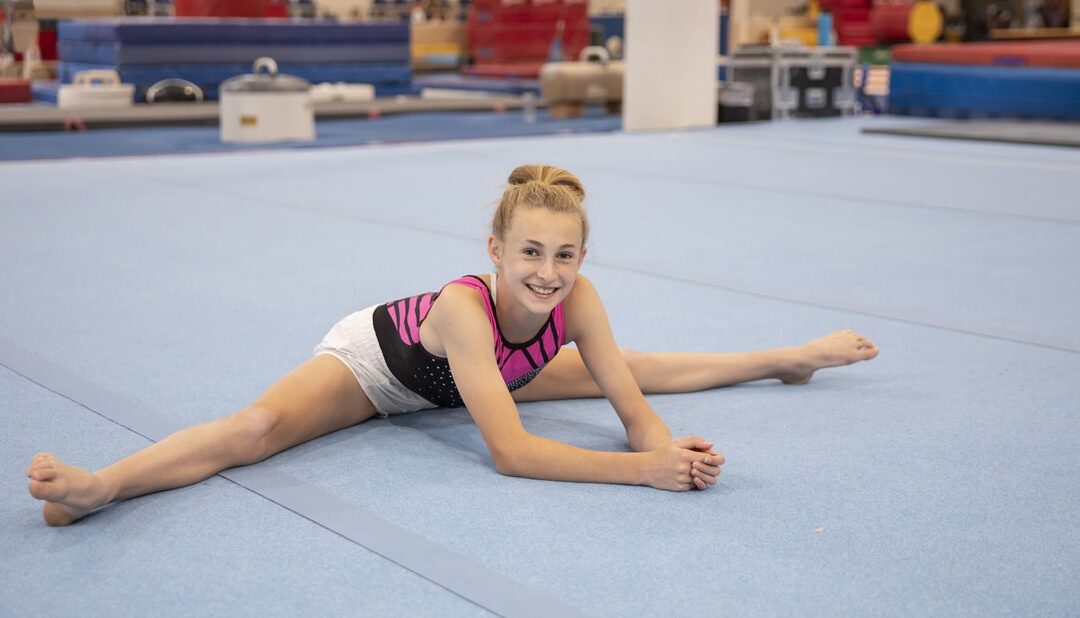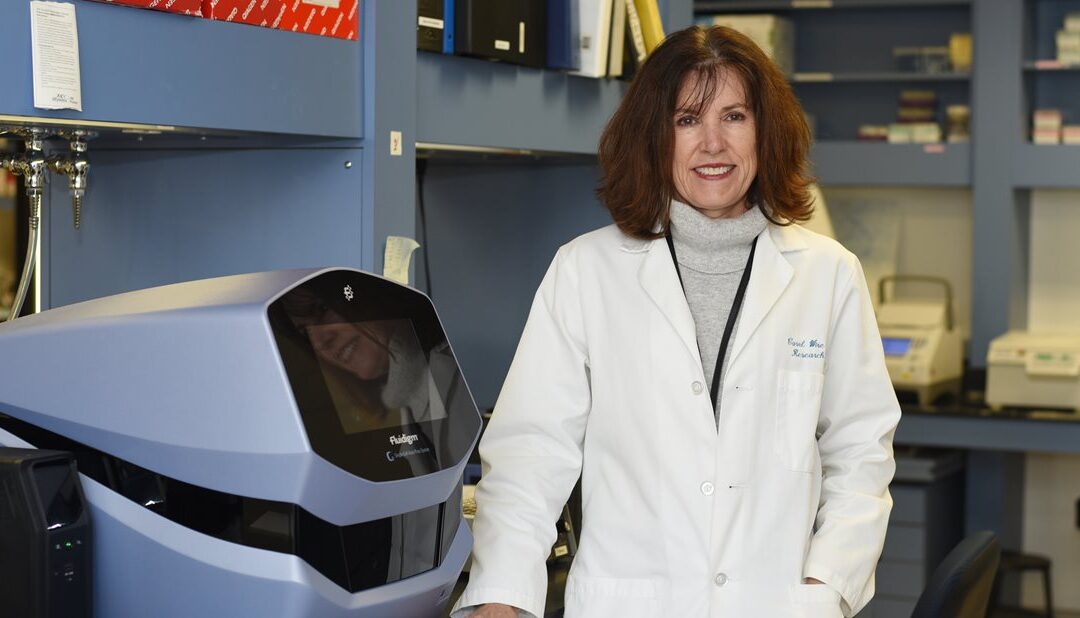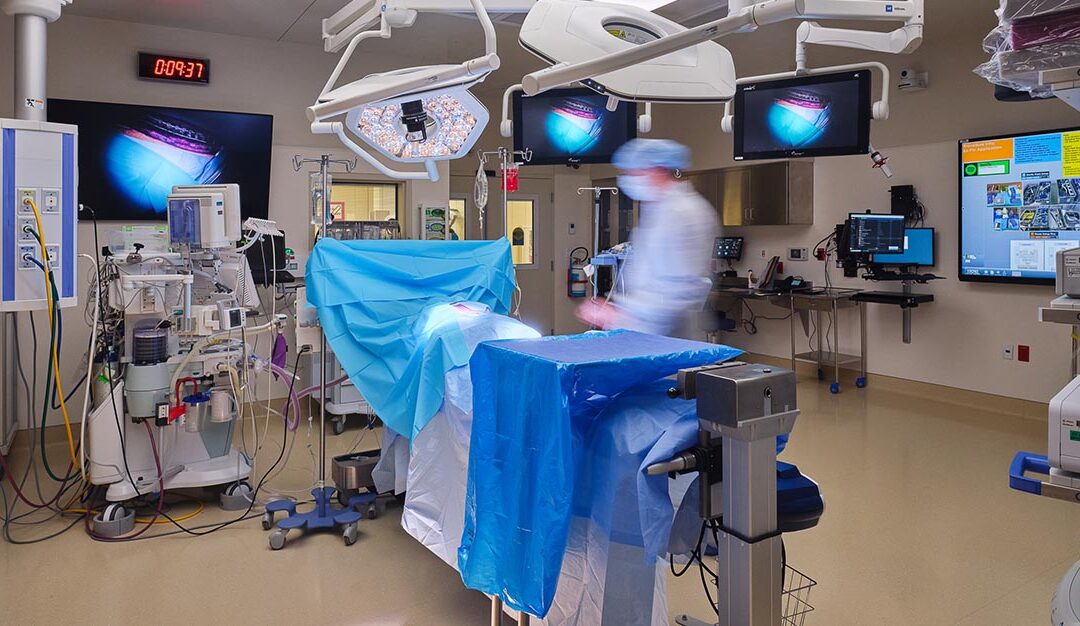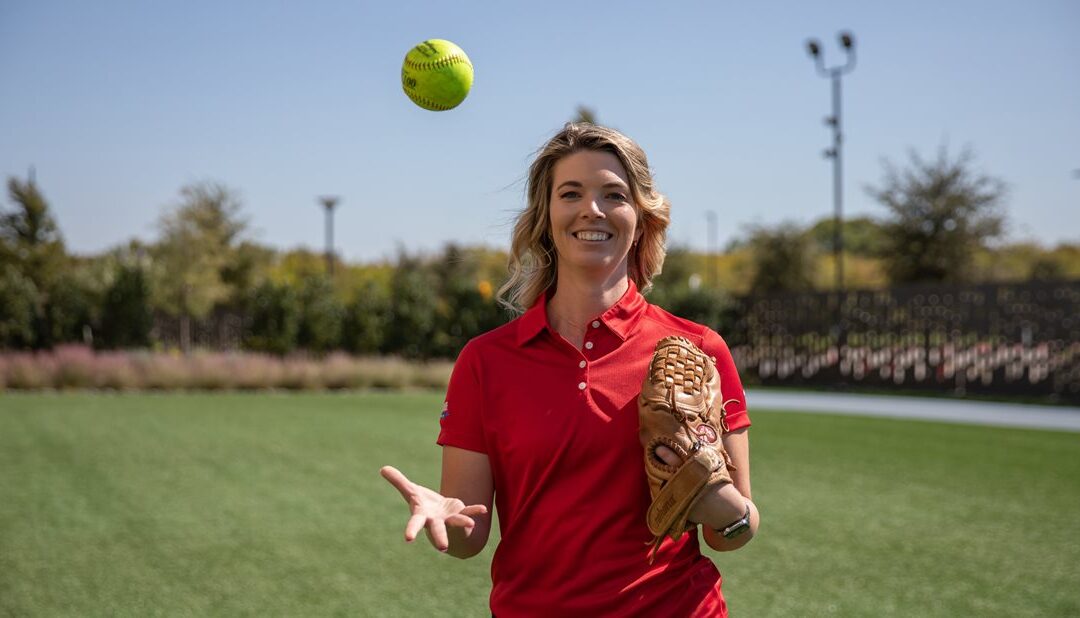
Understanding Hip Impingement in Teens: How it Happens and How to Prevent It
Also commonly referred to as hip impingement, femoroacetabular impingement is a painful condition that occurs in the hips of adolescents and young adults. Two bones fit together to make up this “ball and socket” joint including the head of the femur (ball), which is part of the thigh bone, and the acetabulum (socket), which is part of the pelvis.
Impingement, or pinching, causes pain when the bones in the hip joint pinch the labrum, the soft tissue on the perimeter/edges of the acetabulum.
There are three types of FAI:
- Cam impingement occurs when the shape of the femoral head or ball is abnormal.
- Pincer impingement occurs when the shape of the acetabulum or socket is abnormal.
- Combined impingement occurs when both the ball and the socket are abnormal.
Pediatric orthopedic surgeon Henry B. Ellis, M.D., says, “Repetitive activities make changes in the joints. In the hip, either the soft tissues become damaged, the bone actually changes its shape or both of these occur.” The reason for abnormal bone shape is not known. It may occur during development or may be in response to activity.
Symptoms of hip impingement are more likely to occur in those who perform:
- Repetitive maximal flexion (bending) of the hip, such as deep squatting or high kicking.
- Repetitive movements in activities, such as running, dance, gymnastics and hockey.
What are the symptoms of femoroacetabular impingement?
- Pain in the hip or groin, typically in the front.
- Tenderness and/or swelling of the hip or groin area.
- Stiffness or pain after sitting for long periods of time.
- Aching or pain that worsens with certain activities.
How is it diagnosed?
A thorough history and physical examination are used to diagnose a hip impingement. In most cases, X-rays are used to further assess the shape and fit of the bones. If symptoms do not improve or worsen, additional imaging such as an MRI or MR arthrogram may be recommended to further evaluate the soft tissue, the acetabular labrum. An MR arthrogram uses MRI, fluoroscopy and sometimes an injected medication to show the structures inside the joint.
How is it treated?
Treatment depends upon the severity of the condition and typically begins with a nonoperative approach which typically includes resting from activities that cause pain or changing to activities that do not. Other treatment options include physical therapy, joint injections or arthroscopic surgery may be required.
In a recently published article “Risk Factors for Suboptimal Outcome of FAI Surgery in the Adolescent Patient”*, Ellis and others reported findings after reviewing 126 hips (114 patients) under the age of 18 who were being treated for symptomatic FAI. This work helps Ellis and his colleagues around the country provide better counseling to patients considering surgery for FAI.
Early recognition and treatment are important because hip impingement has been shown to be a risk factor for early development of osteoarthritis of the hip.
How can hip impingement be prevented?
Overuse injuries like hip impingement and FAI occur with a high volume of training, repetition of certain movements and early specialization in a sport.
“Hip impingement in a growing child is bad news. We need to help them monitor and modify their volume of repetitive activities to prevent the condition from worsening, or even better, developing.”
- Henry B. Ellis
These suggestions can help to prevent FAI and other similar overuse conditions:
- Avoid sports specialization and play multiple sports throughout high school.
- Emphasize moderation with load and training.
- Encourage free play and lifetime sports like cycling and hiking.
- Avoid year-round participation and encourage weekly and seasonal rest from activities requiring repetitive maximal flexion of the hip.
- Perform proper warm-up and conditioning for all activities.
Learn more from Ellis about Hip Injuries in Young Athletes.
*Yen, Y. M., Kim, Y. J., Ellis, H. B., Sink, E. L., Millis, M. B., Zaltz, I., Sankar, W. N., Clohisy, J. C., Nepple, J. J., & ANCHOR Group (2024). Risk Factors for Suboptimal Outcome of FAI Surgery in the Adolescent Patient. Journal of pediatric orthopedics, 44(3), 141–146.




